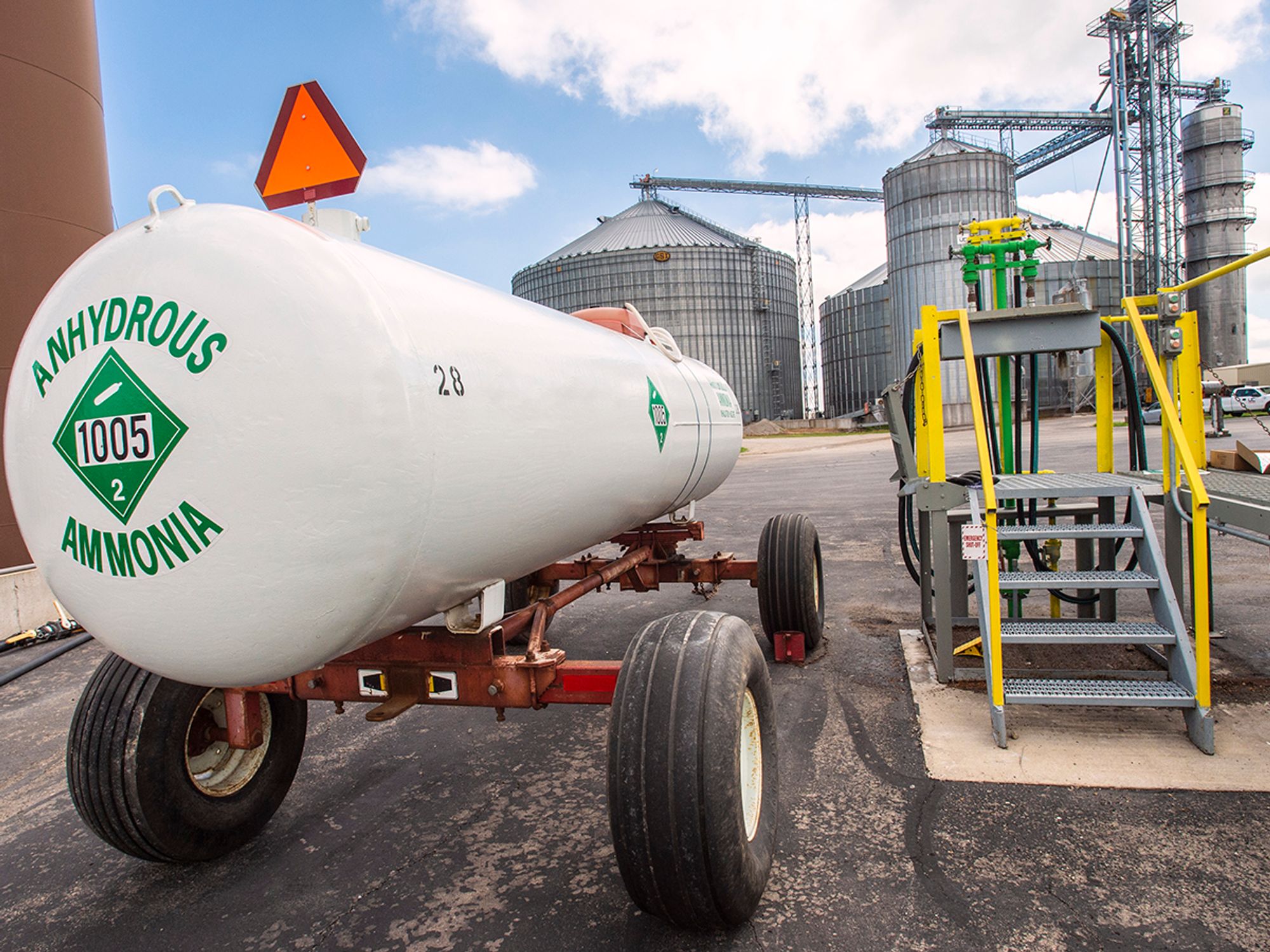Key Definitions: Explosives and blasting

- Familiarization with key terms associated with explosives and blasting can help employers and employees avoid associated hazards.
It is important to recognize and be familiar with key terms and definitions related to explosives and blasting so that potential hazards are understandable and clear.
Blasting agent: Any material or mixture consisting of a fuel and oxidizer intended for blasting that is not otherwise classified as an explosive and in which none of the ingredients are classified as an explosive. The finished product, as mixed and packaged for use or shipment, cannot be detonated by means of a No. 8 test blasting cap when unconfined.
DOT specifications: Regulations of the Department of Transportation published in 49 CFR Chapter I.
Explosive-actuated power devices: Any tool or special mechanized device which is actuated by explosives, but not including propellant-actuated power devices. Examples of explosive-actuated power devices are jet tappers and jet perforators.
Explosive: Any chemical compound, mixture, or device whose primary or common purpose is to function by explosion, i.e., with substantially instantaneous release of gas and heat, unless such compound, mixture, or device is otherwise specifically classified by the U.S. Department of Transportation (DOT); see 49 CFR Chapter I. The term “explosives” shall include all material which is classified as Class A, Class B, and Class C explosives by the U.S. DOT, and includes, but is not limited to, dynamite, black powder, pellet powders, initiating explosives, blasting caps, electric blasting caps, safety fuse, fuse lighters, fuse igniters, squibs, cordeau detonant fuse, instantaneous fuse, igniter cord, igniters, small arms ammunition, small arms ammunition primers, smokeless propellant, cartridges for propellant-actuated power devices, and cartridges for industrial guns. Commercial explosives are those explosives which are intended to be used in commercial or industrial operations.
Magazine: Any building or structure, other than an explosives manufacturing building, used for the storage of explosives.
Propellant-actuated power devices: Any tool, special mechanized device, or gas generator system which is actuated by a smokeless propellant or which releases and directs work through a smokeless propellant charge.
Pyrotechnics: Any combustible or explosive compositions or manufactured articles designed and prepared for the purpose of producing audible or visible effects, commonly referred to as fireworks.
Semiconductive hose: A hose with an electrical resistance high enough to limit flow of stray electric currents to safe levels, yet not so high as to prevent drainage of static electric charges to ground; hoses of not more than 2 megohms resistance over its entire length and of not less than 5,000 ohms per foot meet the requirement.
Small arms ammunition: Any shotgun, rifle, pistol, or revolver cartridge, and cartridges for propellant-actuated power devices and industrial guns. Military-type ammunition containing explosive-bursting charges, incendiary, tracer, spotting, or pyrotechnic projectiles is excluded from this definition.
Small arms ammunition primers: Small percussion-sensitive explosive charges that are encased in a cup and used to ignite propellant powder.
Smokeless propellants: Solid propellants, commonly called smokeless powders in the trade, used in small arms ammunition, cannon, rockets, propellant-actuated power devices, etc.
Special industrial explosives devices: Explosive-actuated power devices and propellant-actuated power devices.
Special industrial explosives materials: Shaped materials, sheet forms, and various other extrusions, pellets, and packages of high explosives. These include dynamite, trinitrotoluene (TNT), pentaerythritol tetranitrate (PETN), hexahydro-1,3,5-trinitro-s-triazine (RDX), and other similar compounds used for high-energy-rate forming, expanding, and shaping in metal fabrication, and for dismemberment and quick reduction of scrap metal.
Water gels or slurry explosives: These comprise a wide variety of materials used for blasting. They all contain substantial proportions of water and high proportions of ammonium nitrate, some of which is in solution in the water. Two broad classes of water gels are (i) those which are sensitized by a material classed as an explosive, such as TNT or smokeless powder, (ii) those which contain no ingredient classified as an explosive; these are sensitized with metals such as aluminum or with other fuels. Water gels may be premixed at an explosives plant or mixed at the site immediately before delivery into the borehole.
